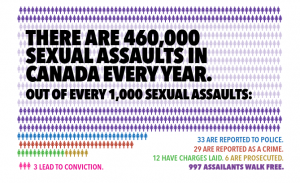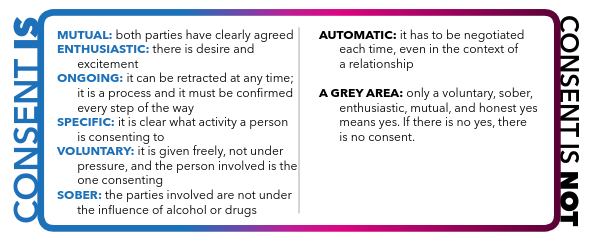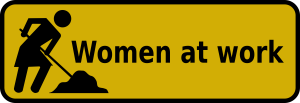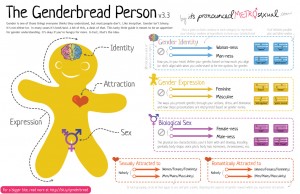Burnout is a pervasive problem affecting educators worldwide, leading to decreased job satisfaction, compromised well-being, and diminished classroom effectiveness. Addressing this issue is paramount to maintaining a high-quality education system. The demands of teaching can be overwhelming, leading to physical, emotional, and psychological exhaustion. To maintain a high standard of education and foster a healthy learning environment, educators need to prioritize their well-being and avoid burnout.
The first step in avoiding burnout is recognizing its signs and symptoms. Burnout is characterized by emotional exhaustion, depersonalization, and reduced personal accomplishment. Educators may feel emotionally drained, detached from their students, and experiencing a diminished sense of personal competence. Identifying these signs early on can help educators take proactive steps to prevent burnout. Understanding the root causes of burnout is essential for developing effective prevention strategies.

One of the primary causes of burnout is an imbalance between work and personal life. Educators often dedicate long hours to lesson planning, grading, and extracurricular activities, leaving little time for themselves and their families. Educators must be intentional about self-care and establish clear boundaries between work and personal life to address this issue. Setting aside time for relaxation, hobbies, and spending quality time with loved ones can help alleviate the stress associated with teaching.
Educators should not hesitate to seek professional support when experiencing burnout symptoms. This may involve consulting with a counsellor or therapist specializing in educator well-being, and sharing challenges and concerns with a trusted mentor and/or professional can provide educators with valuable insights, coping strategies, and emotional support to navigate the demands of their profession effectively.
Mindfulness and stress reduction techniques can be valuable tools for preventing burnout. Practices such as meditation, deep breathing exercises, movement activities, nature explorations or yoga can help educators manage stress and stay grounded in the present moment. Integrating these techniques into daily routines can improve emotional resilience and well-being.
Creating/immersing in a supportive community within the school environment can also contribute to educator well-being. Participating in professional development opportunities, such as workshops, conferences, and ETFO local union events (socials) and peer support groups, can provide a network of like-minded individuals who understand the profession’s challenges.
Burnout is a significant concern in education, as it affects educators’ lives and the quality of education provided to students. Prioritizing your well-being and implementing strategies that enable work-life balance, will ensure that you have a fulfilling and sustainable career as an educator while providing the best possible learning experience for your students. Ultimately, the prevention of burnout is not only essential for us as individual educators but also for the betterment of the entire education system.
ETFO members who feel that they are experiencing mental health challenges should discuss their concerns with their family doctor. Mental health support may be available to ETFO members through Employee Assistance Programs (EAP), accessed via their district school board.
Additional support may be found through Starling Minds, which offers a variety of digital programs free of charge for ETFO members. Read this PDF about Starling Minds and learn how to register.

 imately 460,000 women are sexually assaulted, although only a fraction of them report the assault to the police (1).
imately 460,000 women are sexually assaulted, although only a fraction of them report the assault to the police (1).




